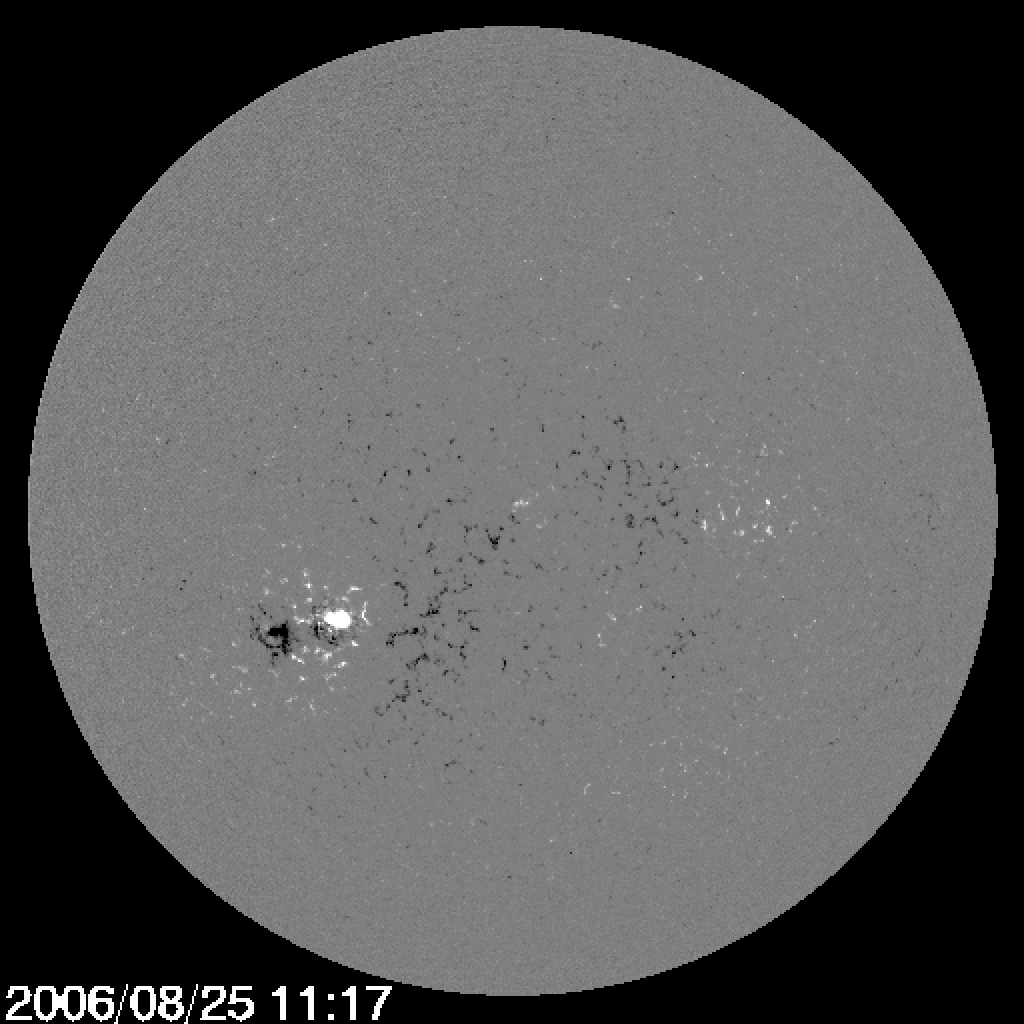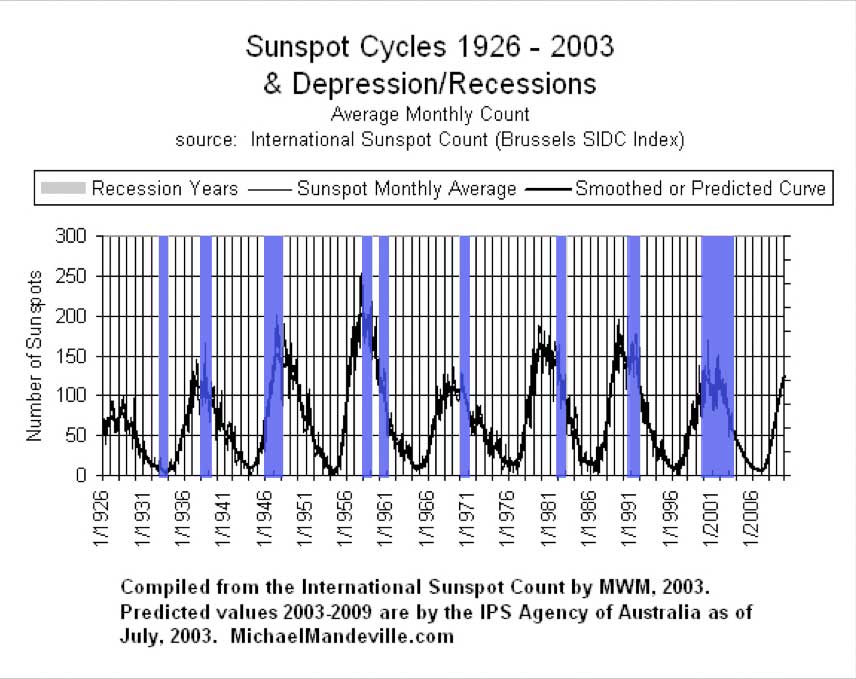
The energy output of the Sun varies very little over the solar cycle (i.e., by about 0.1%), and some scientists doubt whether such slight changes can really affect the troposphere (lower atmosphere) of the Earth, where precipitation occurs. However, all these data have been disputed on statistical grounds, and there is presently no consensus among scientists as to whether sunspots actually affect the Earth ’s weather or not, or if so, how. There is also geological evidence that the solar cycle may have been affecting terrestrial weather since Precambrian times. Suggestive correlations between solar activity, global temperature, and rainfall have been observed, and analysis of tree-ring data spanning centuries seems to show the presence of an eleven-year cycle. Sunspot activity may be subtly linked to the Earth ’s weather. Thus, the sunspot cycle actually consists of two eleven-year cycles, since two cycles must pass before conditions are duplicated and the pattern can begin to repeat. The magnetic orientation spot pairs is preserved throughout one entire eleven-year solar cycle however, during the next cycle the order of leading and trailing polarities is reversed in both hemispheres. The order of polarity is reversed for sunspot pairs formed in the opposite hemisphere. During a given solar cycle, the member of a sunspot pair that leads (i.e., is located toward the direction of the Sun ’s rotation) usually has the same magnetic polarity in a pair formed in a particular hemisphere.

North or south magnetic poles depending on their properties similarly, each member of a sunspot pair corresponds to either a north or south magnetic pole. Scientists label the ends of a bar magnet In this same manner, sunspot pairs possess a magnetic field that links them and along which charged particles align their motion. A bar magnet possesses a looping magnetic field connecting one end of the bar to the other, as revealed by iron filings scattered over a sheet of paper placed above the magnet. Sunspots, which usually occur in pairs aligned with the direction of the Sun ’s spin, correspond to places where intense magnetic fields emerge from or reenter the solar surface. The end of the cycle is marked by a marked drop in the number of low-latitude sunspots, which is followed by the beginning of the next cycle as spots begin to appear again at high latitudes. As the solar cycle progresses, the number of spots increases and they tend to disappear at higher latitudes and appear at lower latitudes (i.e., nearer the equator). Large spots - which may be large enough to sink many Earths in -may last for one or several solar-rotation periods of about a month each. These are more or less stationary on the Sun ’s surface, but appear to astronomers on the Earth to move because of the Sun ’s axial rotation. The solar cycleĪt the beginning of an active period in the solar cycle, a few sunspots appear at the higher latitudes (i.e., near the poles). As of October 2006, the Sun was near its minimum in sunspot activity, with the minimum expected sometime in 2007. The largest flare ever recorded was on November 3, 2003.

This corresponds to the period of an overall solar-activity cycle whose other features include solar flares and prominences. Sunspot activity -the number of spots on the Sun at any one time -varies with a period of about eleven years. Their first mention in Western literature is in The Starry Messenger (1610) by Italian astronomer Galileo Galilei (1564 −1642). The largest of these spots are visible to the naked eye, having even been noted by Chinese astronomers since antiquity. When such features appear on other stars, they are called starspots.

Sunspots are relatively dark, temporary spots that appear on the Sun (or, sun) from time to time.


 0 kommentar(er)
0 kommentar(er)
